Benoit Dervaux and the approach for Tori and Lokita
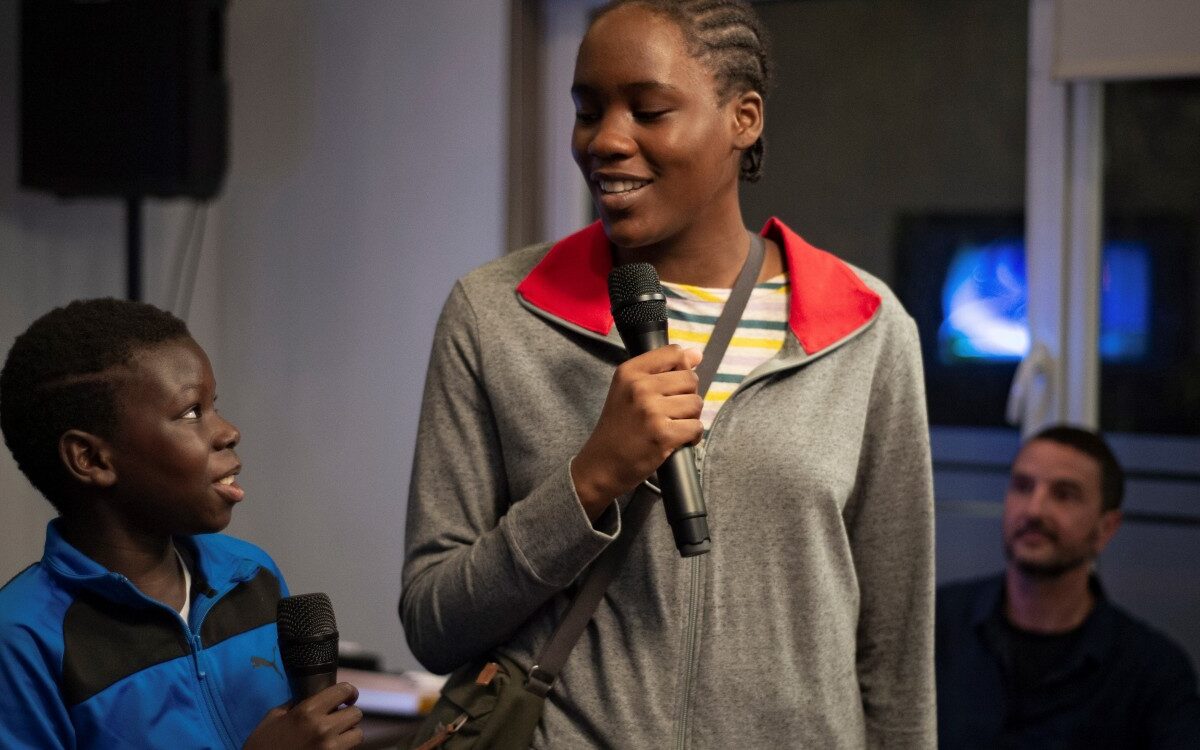
The Dardenne Brothers Palme d’Or nominated film, Tori and Lokita is a heart-breaking portrayal of friendship between two young immigrants struggling to adjust to their new surroundings. Shot by The Dardenne Brothers long-time collaborator, Benoit Dervaux, Tori and Lokita is a gruelling study of identity and survival.
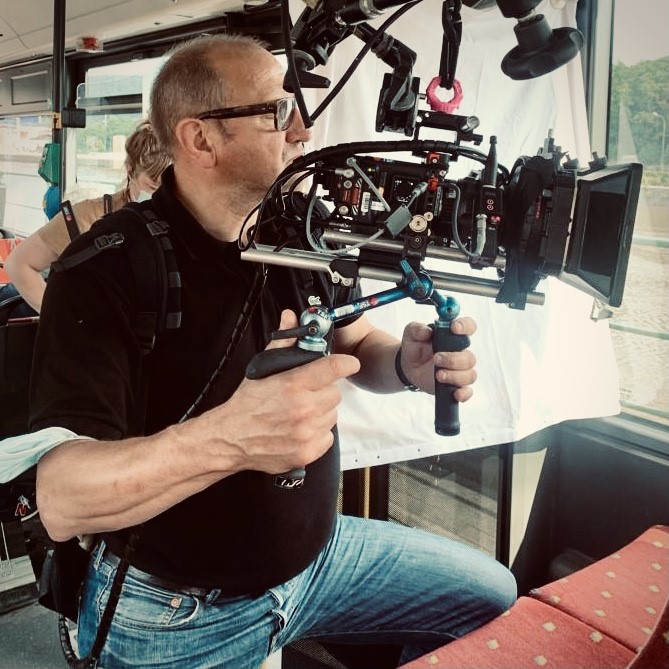
You have been camera operator on all the Dardenne Brothers films, and stepped up as DOP on their last two films. How did you first get involved with them?
Before we met, they made Je pense à vous. I met them two or three years later. After a short time as camera assistant for Manu Bonmariage at “strip tease” RTBF, I wanted to realize a personal documentary. I had heard about “Dérives”, the workshop production of documentary they had created. I contacted them and they produced my first documentary Gigi Monica and Bianca. They liked my way of filming and then, for The Promise they asked me to operate the camera. They wanted to separate the director of photography and the camera operator because on Je pense à vous they worked with a DP who was also camera operator and they had a bad experience with that film. They were frustrated and felt the dop was working too much for “his light”, his own image and was not generous enough for the film.
After that failure, they wanted to create a new paradigm, with a crew more family-oriented. They wanted one guy behind the camera and one lighting. For the Dardenne Brothers, the camera is really important for the mise-en-scene and the cameraman is really important for them. We worked in collaboration with Alain Marcoen as the DOP and I held the camera.
At that time we shot on film (first in S-16, then in 35mm), Alain had to manage the light on complex long sequence shots, sometimes in 360 degrees, going from inside to outside (or vice versa) without a cut… We worked together like that on 8 films. A lot of people in the profession didn’t really understand the nature of this collaboration. The person operating a camera is really important in creating a scene, he has to be present in that process, fully available during the rehearsals for the two directors and for the actors. They considered if the DOP works on light and camera, then, he is not really present enough in the creation. That’s why they separate the role between two people.
After The Unknown Girl, Alain Marcoen decided to retire. So, for Young Ahmed, the Dardennes asked me to take over and they offered me to be DOP (lighting and camera). In the relationship, after so many years and 8 films, it was a big change for them to have only one person as interlocutor… We had to find new marks, elaborate a new method.
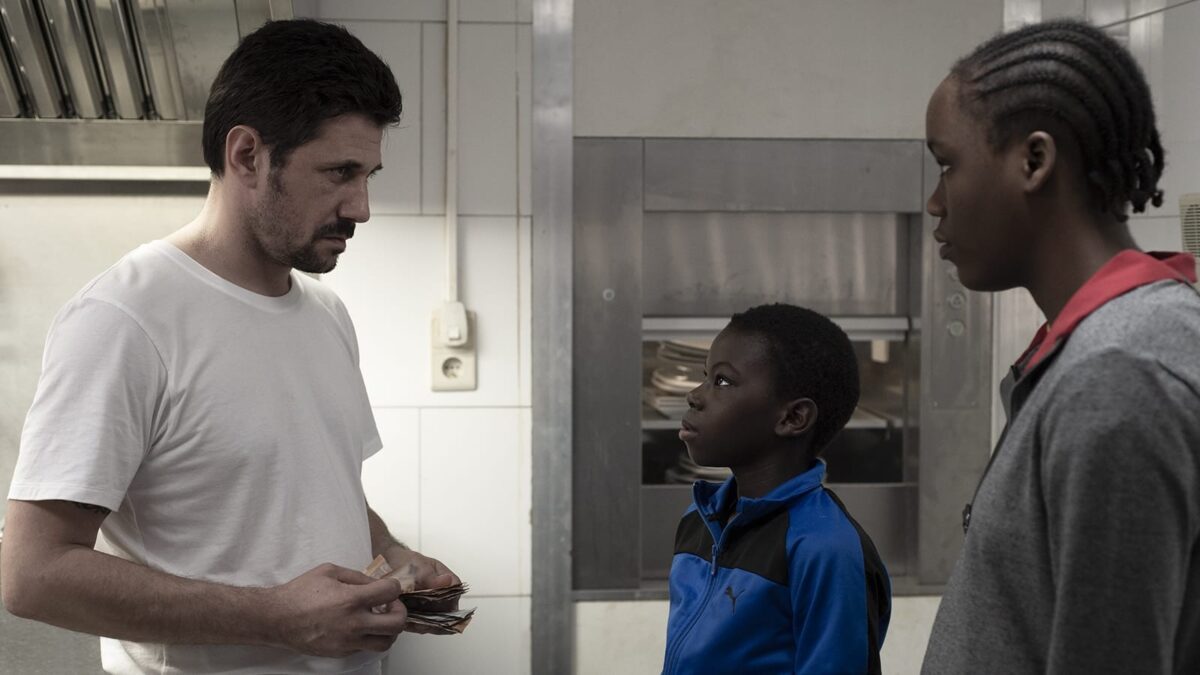
What creative references did you look at?
We had those conversations a long time ago. When we started working together, we tried to find common filmmakers that we liked. Maurice Pialat, Roberto Rossellini, Mizoguchi, Robert Bresson, John Cassavetes… We were looking for a style, direct and simple, close to reality, close to present time but quite elaborate, without being too “documentary”. We have therefore established a series of aesthetic rules; handheld camera, at the height of the actors, mainly one lens (no wide angles, generally the 25mm in S-16, the 40mm in 35mm), few grip equipment, no spectacular effects. The camera is at the service of the storytelling and the actors.
They don’t use external music in their films, or use special effects. When some people saw Rosetta, they thought no work had gone into it. They thought it was completely improvised, with natural light and that it was documentary. It wasn’t the case. Everything is rehearsed and they think a lot about the position of the camera. It’s technically very difficult, but we don’t see the technical part as it is completely integrated in the process of the film. If people say there isn’t any work, it’s a bit hard for the ego but it’s a compliment because the Dardenne Brothers don’t want the film to be beautiful, but at the service of the mise-en-scene and the script. There’s a lot of technique behind the finery, but the audience can’t see it. To use an image, I would say we are looking for precious stone without wanting to cut a diamond out of it.
What were your initial conversations about the look of Tori and Lokita?
I read the script and was really impressed. At first, I found the story really dark, but then I thought the script had the power of a tale. The figure of innocence confronted to the figure of ogre. We knew it would be complicated with the two actors as they were non-professional actors. We had to be really light in our technical dispositive because it was the first demand from the Dardenne Brothers. They wanted a very light process in the technique. They asked for the film to be handheld, as it is their style of course. I had to hold the camera lower than my shoulder to be at the height of the two characters. I used that same process on The Kid with a Bike, but it was on 35mm and here we were shooting digitally.
The discussion was about using a lightweight and small camera (a Red Komodo with a 40mm Zeiss t2.1). A technical device being disposable for the mise-en-scene as the Dardennes rehearse a lot with the actors before shooting (1 month) and then rehearse again every day. They know quite preciously what they want to do, but that can change if something doesn’t work. They don’t accept when the techniques don’t work. We always have to say yes in any case. The camera has to be a realistic style, like their other films and they also wanted a “documentary” style. We made lots of tests for the night scenes, to see what worked and what didn’t. If it didn’t work, we put little lights in the street and cut public lights that weren’t good for us. It was basically natural light. I cut more lights than added lights.
The biggest problem was the warehouse where they go by night and grow cannabis, as it was situated in a location without light. This place was completely dark. The only light was from the sky and the reflection of the city lights. I really like this and I wanted those distant city lights appear in the final result. In my sense, this atmosphere corresponded to the idea of a tale.
We wanted to make a kind of moonlight, but it had to be natural and very subtle. We had to see the phone light and if the light was too powerful, then we felt it was cinema light. We made tests and we put carpet lights and sky panels on a crane at about 55 metres high. During the grading, the Dardenne brothers wanted to tone it down even more. Generally, we used very few materials. It was really a challenge to work with as little material as possible. For those night scenes, we used the Red Monstro at 2500 iso with 40mm Zeiss master prime.
Normally the cannabis plants are lit by sodium lights, but it was difficult for us to put up those kinds of lights for the warehouse scenes. Along with my gaffer (Tanguy Delhez), we looked on the internet for light bulbs which had the same look as sodium lights to put in the practicable light. Then, we gave the bulbs to the set decorator and the box was lit with those big, long LED bulbs of more or less 15 watts, and everything could be dimmed with the tablets. We lit the boxes with those bulbs to avoid this too powerful sodium light. In that way, the camera could go in and out the boxes without having to change the iris. The boxes were overexposed at 2 stops and the corridors underexposed at 1 or 2 stops.
Another difficultly in terms of lighting was the actors’ skin. Pablo (Tori) has a matt and very dark skin. In a same light, the spotmeter gave me a difference of more than 2 stops between him and Lokita. I had to manage this problem… I couldn’t really light them separately because of the long shots, often at 360 degrees… When it was possible, I put Led tube specially for him but above all, I asked the make-up artist to make Tori’s skin shiny so that he takes the shine off the lights. The rest of the job was done at the grading.
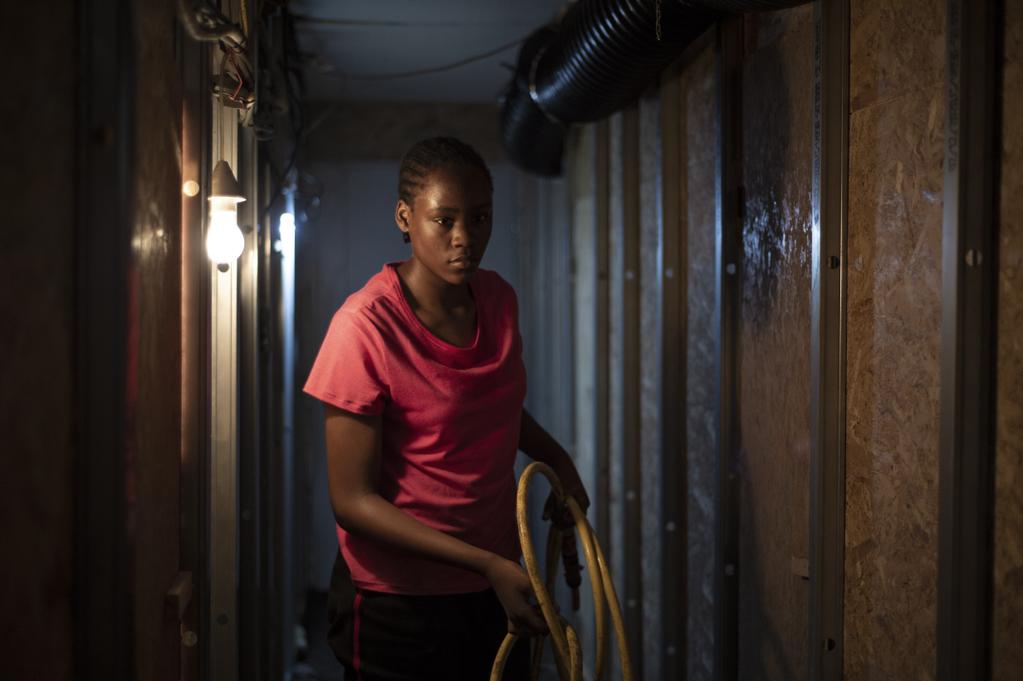
There are lots of long takes used throughout the film. What was the theory behind this?
To make a comparison with the music, it would be a kind of hybrid style, unplugged, between jazz and blues. There are always long takes with the Dardenne Brothers because they always want this kind of energy with the actors and with the crew. Everyday morning, they rehearse with the actors and then the crew arrive to see the scene. Very often we shoot directly and because we’ve made films together, I can rapidly see what’s in their minds. Amaury Duquenne my focus puller and his brother Basile, grip can also quickly understand the challenge of a scene. So, we begin immediately to shoot after rehearsals, after explaining the steps of the sequence. We have this spontaneous style during the first takes, but quite often it is complicated choreography, so the first takes aren’t always the best. In that case we shoot again. The most complicated thing is having the right rhythm with the actors and the camera. If the rhythm isn’t good, then the shot isn’t good in general.
Could you discuss the uses of close-ups used throughout the film?
To illustrate this method, the camera operator is on the dance floor, so the camera is really included in the mise-en-scene. The camera is not just there to record the acting, it takes part in the action. As a result, the audience really experience the characters’ lives.
It’s also a question of distance. If there is a close-up, then the camera has to be close to the actors. They appreciate using this notion of distance with the camera also.
If a sequence is good, it means we had the good rhythm at the right distance.
What was the most challenging shot to capture?
The night scenes were really difficult. For those scenes, I chose a camera with high sensitivity. All the scenes in the warehouse were difficult and required lots of concentration. Physically it was quite difficult. All the scenes are quite dark and it was challenging to find a good way to light those scenes naturally. As much as possible the Dardenne’s didn’t want to use cinema lights, so it was difficult to be realistic.
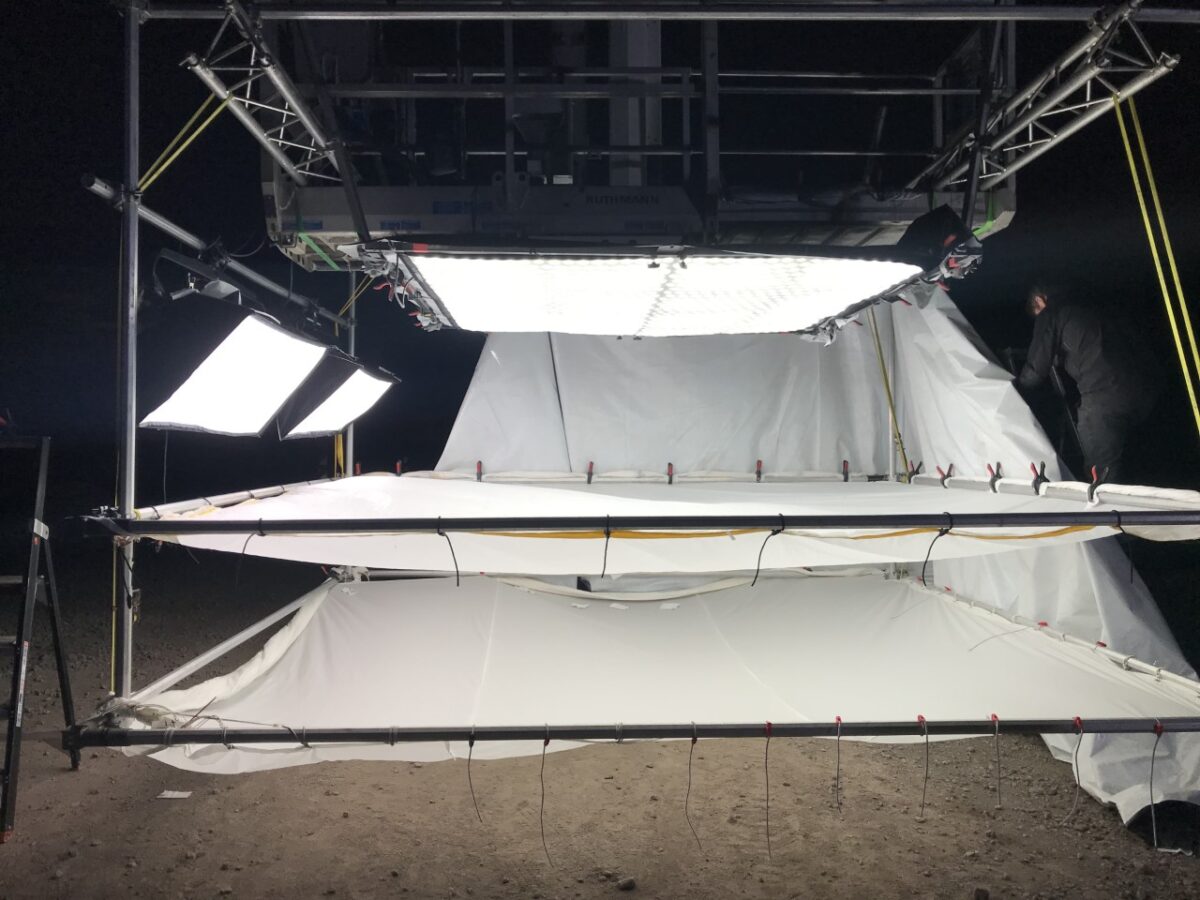

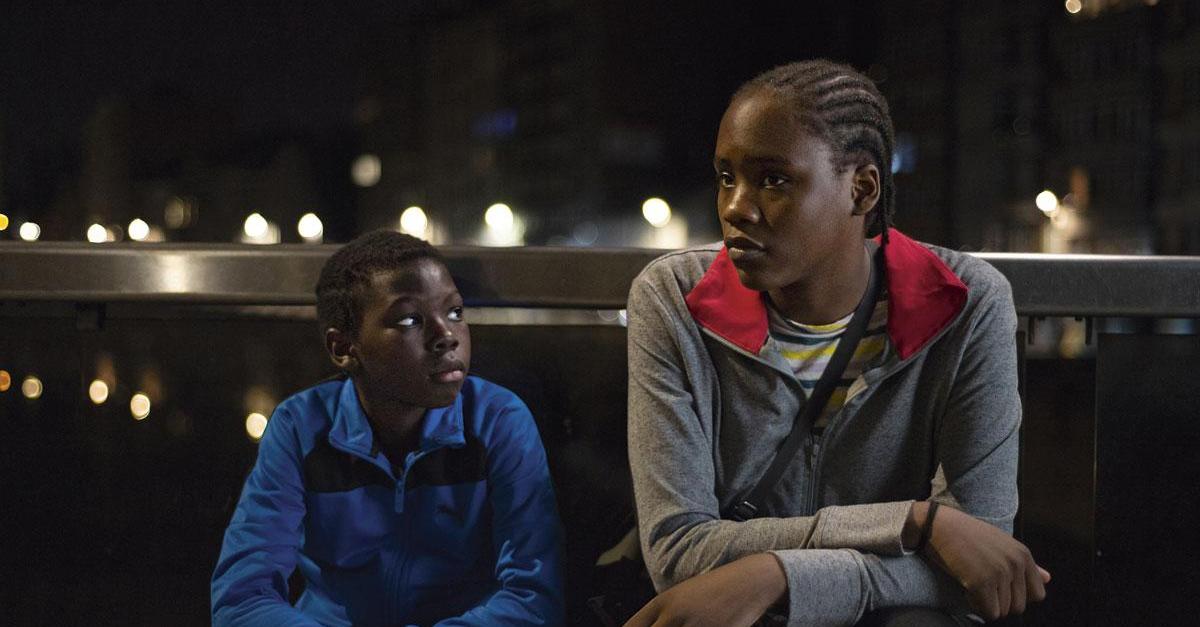
The Dardenne Brothers often cast children in the lead roles. Could you discuss your experience working with children on the film?
It’s quite different each time. Tomas Doret in The Kid with a Bike was a very good actor, for example, and he felt the position of the camera. He was a very good character actor and also very physical. So, for him, it was quite simple. Jérémie Renier was unbelievable when we shot The Promise, after one week he was an actor. He knew the rhythm of the frame and understood when he was in and out of the shot much better than some professional actors. For each film, the young actors were coached by professional actors. Jérémie was with Olivier Gourmet. Tomas with Cécile de France, but on Tori and Lokita they were both alone, with no professionals. It was much more complicated. We had to be really patient with them and it was difficult.
How long was the duration of the shoot?
11 weeks and one month of prep.
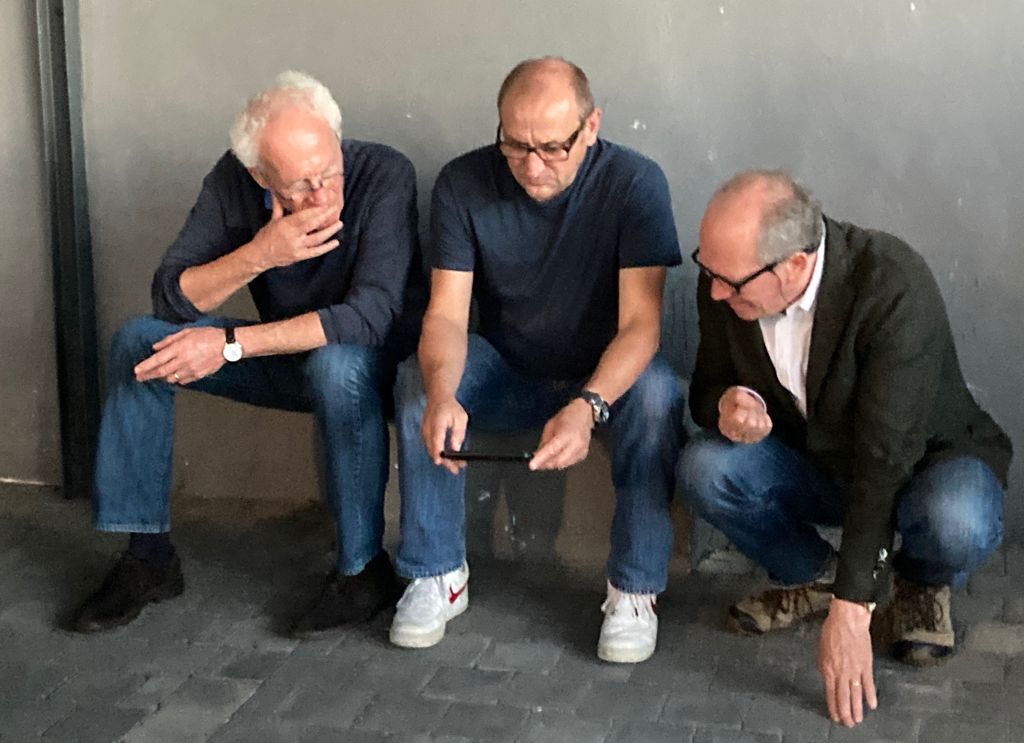
by Oliver Webb
